7 May gardening tasks for a bountiful (and beautiful) winter
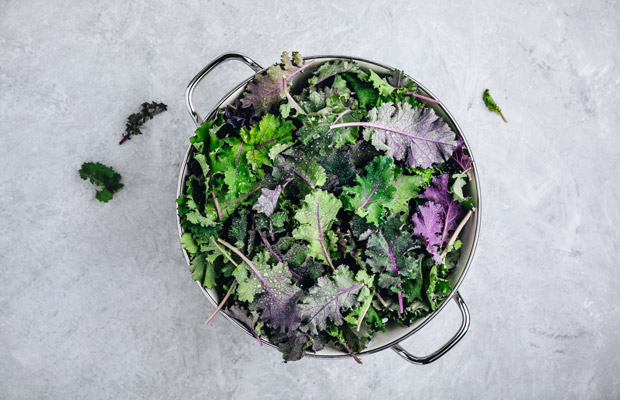
It’s time to get ahead of your cold-weather harvest and flower garden.
Words: Jane Wrigglesworth
Sow or plant kale. Kale will germinate in soil temperatures as low as 7°C. If it’s cooler in your area, grow it in a tunnel house, or plant seedlings instead.
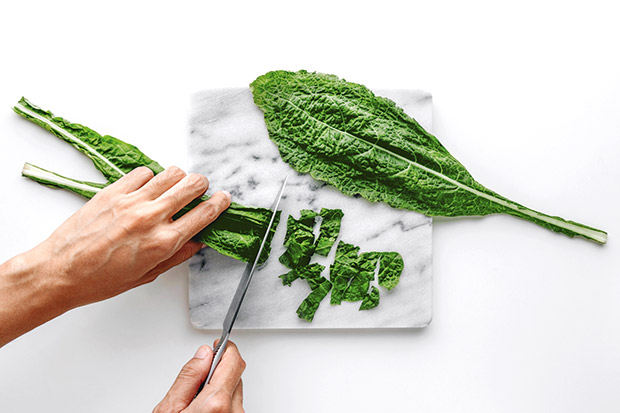
Rich soil is not necessary for plant growth, but kale will grow better and have less bitter leaves if you add compost to the soil when planting. Kale will grow in heavy soils too, so long as it is free-draining.
Daikon (white radish) can survive winter temperatures down to -11°C, so it’s a good crop for the colder months. Even if you don’t like eating daikon, the plant makes an excellent ‘trap crop’, luring pest insects away from other plants.
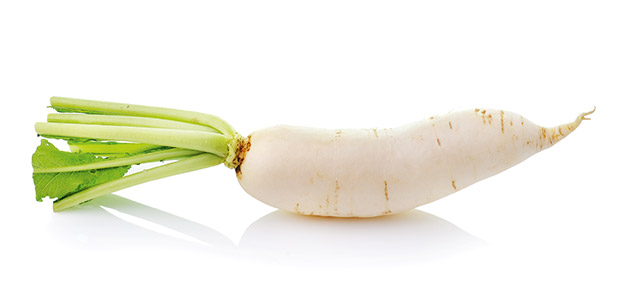
The long roots break up compacted soil, a process called bio-drilling. The edible part of daikon root may be 15-30cm long, but the very thin taproot – which breaks off when you pull the plant out of the ground – can grow as deep as 120cm+. The roots push through dense soil, creating deep channels, increasing gas exchange, nutrient levels, and moisture infiltration for subsequent crops.
Iceland poppies only bloom for a short time in winter and early spring, but they’re well worth planting for their stunning beauty.
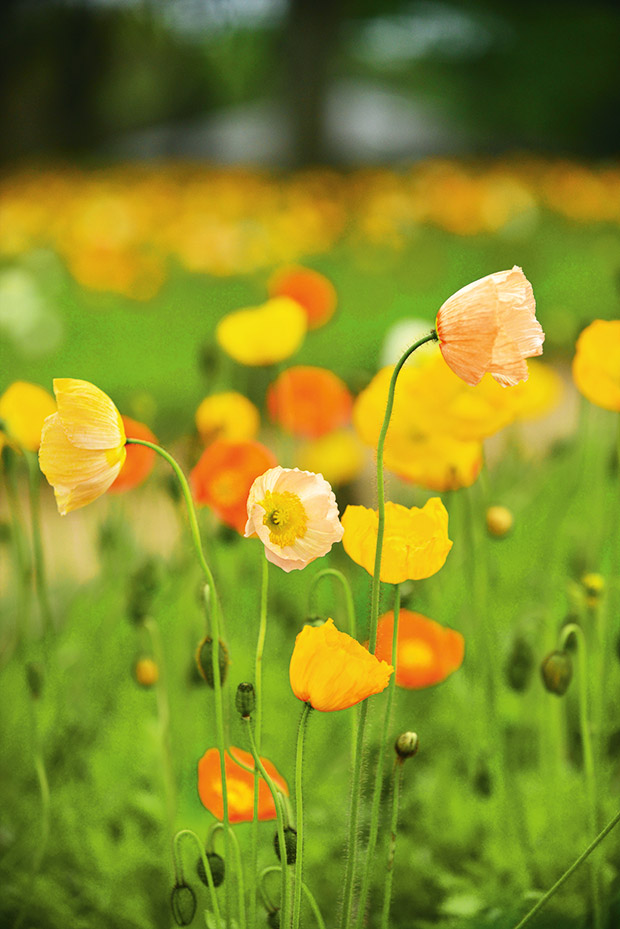
The buds point down, but when they split open, the stems usually straighten up and you get to admire the tissue paper-like flowers.
Grow spinach, winter lettuce and rocket in a greenhouse or under cloches for a winter greens supply.
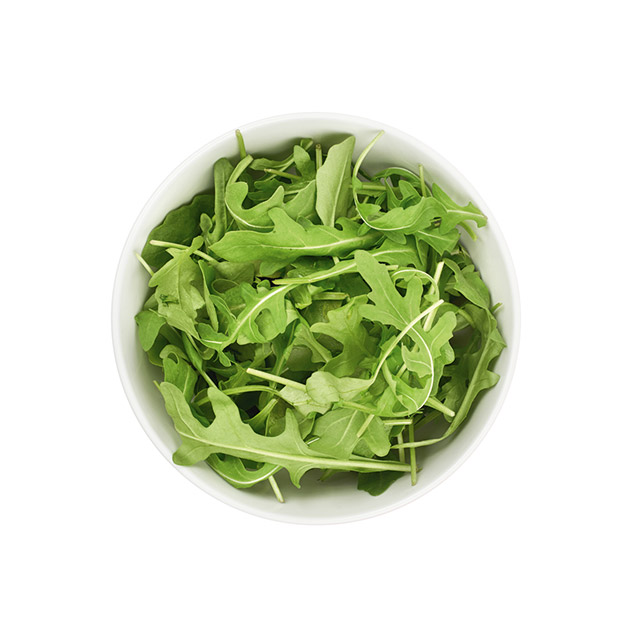
Prepare soil for planting raspberries, blackberries, gooseberries, and currants. Choose a spot in full sun, sheltered from strong winds.
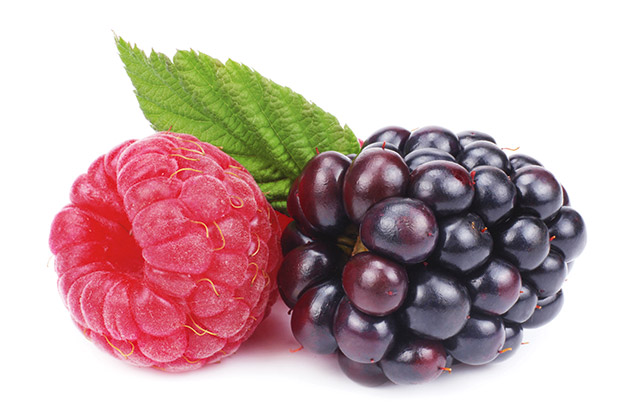
Dig in compost, aged manure or sheep pellets, or buy a ‘strawberry mix’ soil additive from a garden centre.
Sow broad beans in well-drained, compost-enriched soil. Provide shelter from strong winds and insert stakes at planting time. Broad beans prefer an alkaline soil. Add lime to acidic soil at planting, although it can take a season or two for lime to take effect. Sow in double rows set 60cm apart, in staggered positions.
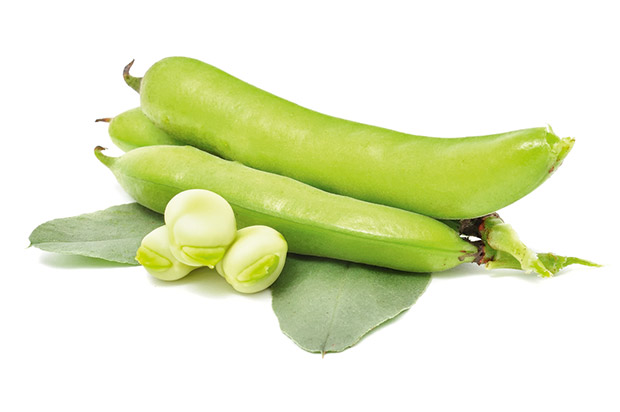
Most people throw peach stones away after eating, but you can plant them and grow your own tree. Peaches, apricots, and nectarines, grow fairly ‘true to type’ from seed, and can be less susceptible to leaf curl than grafted trees. Seeds are typically planted in late autumn or winter as they need a period of chilling.
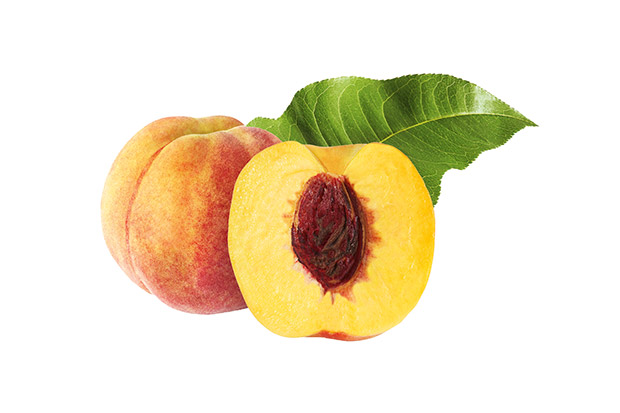
You may get them to grow if you plant them straight after eating them. Crack open the stone (with a nutcracker or hammer) and remove the seed. Plant it in a small pot of seed-raising mix. Once the seedling is large enough, plant in the ground or transfer to a larger pot.
IN THE FLOWER GARDEN
Plant spring bulbs, including anemones, ranunculus, hyacinths, ixias, Dutch irises, daffodils, and tulips. Choose large, plump bulbs that are free from damage or mould.
Plant pansies, polyanthus, primulas, and Iceland poppy seedlings. Protect from slugs and snails. Sow trays of alyssum, aquilegia, for get-me-not, linaria, lobelia, lupin, nemesia,statice, and stock seeds. Sow sweet peas directly into the soil where you want them to grow.
Love this story? Subscribe now!
READ MORE
The 10 best lettuces for the healthiest 365-day salad supply
Kath Irvine’s pruning fundamentals: When to prune and the three golden rules of pruning
 This article first appeared in NZ Lifestyle Block Magazine.
This article first appeared in NZ Lifestyle Block Magazine.
